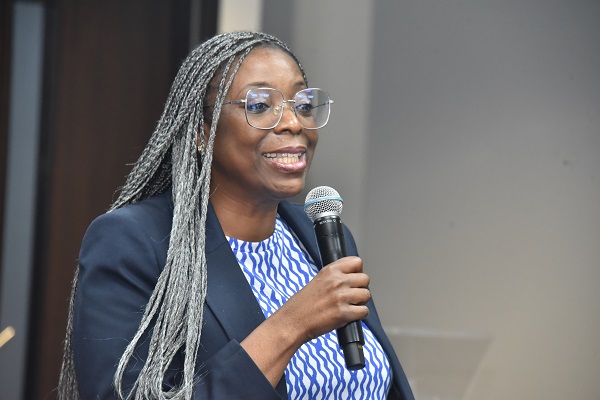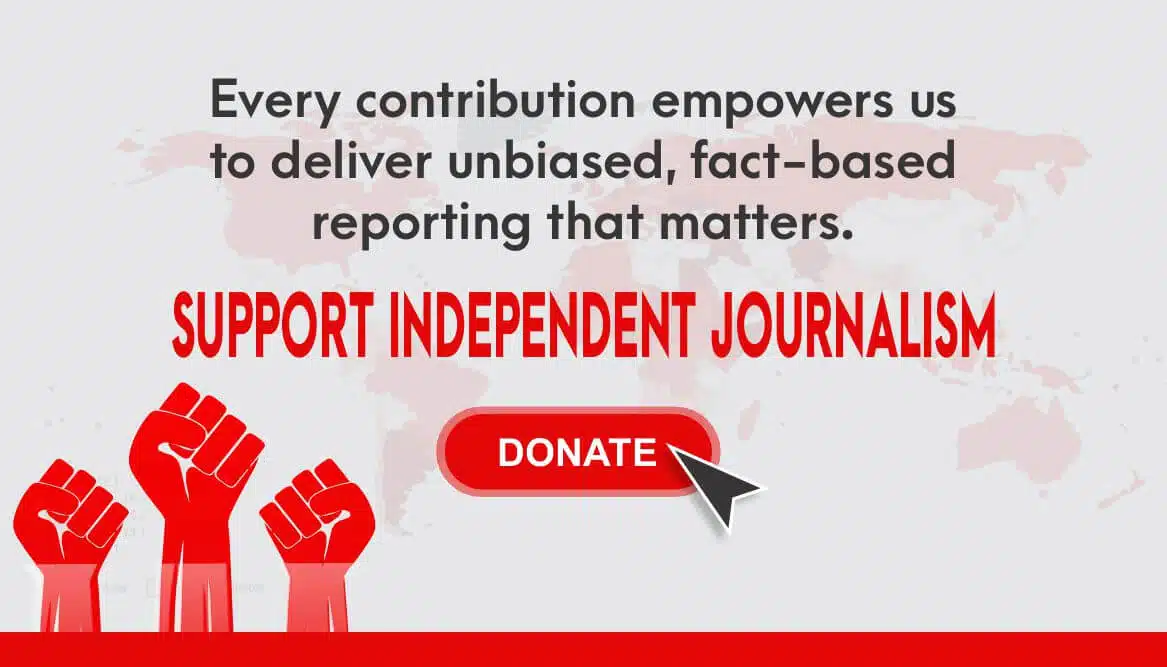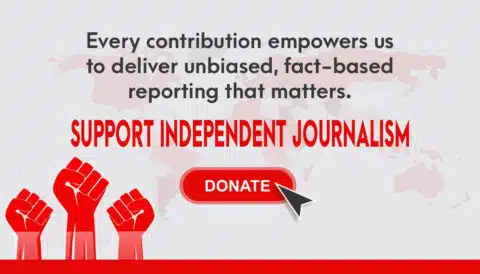Access Holdings PLC has made clarification and justified its high cost-to-income ratio, saying it is still relatively high because of its necessary investments in various aspects of its growth and expansion that will yield huge benefits in the short to medium term.
In making this justification, Access Holdings PLC, one of Africa’s leading financial institutions noted that investing in growth and expansion of Access Bank PLC, its banking group, with huge financial commitment to robust infrastructure- physical and technology- are part of a comprehensive strategy to consolidate the company’s presence across major global markets and make it more viable and profitable.
This clarification was made at a recent media roundtable, where Access Holdings’ leadership, including Ms. Bolaji Agbede, the Acting GCEO of Access Holdings; Roosevelt Ogbonna, Group Managing Director/CEO of Access Bank Plc; Dave Uduanu, Managing Director of Access Pensions; Kemi Okusanya, Managing Director of Hydrogen Payments; Khade Idogho, and other Executive Directors, shared key initiatives that reinforce the Group’s vision for sustainable, global impact.
In his presentation, Roosevelt Ogbonna said while agreeing that the banking group’s cost to income ratio was high, such costs were necessary and one-off that would enable it scale up its operations and take its pride of place in financial services offerings in Africa and the World. According to him, the cost may remain elevated for a while, but ultimately, it would come down.
“They say, ‘your cost income ratio is high’. Yes, I agree it is high, but I’m making the investment this year. We’re going to spend $80 million on technology. That’s the cost that I’m hoping I don’t have to repeat next year or the year after. But guess what? It means that I can process 200 million transactions per second. So, I’m not building for today. Today I don’t even have 20 million customers. I have 65 million customers, and the projection is by 2027, I have 125 million customers, but I’m projecting 200 million transactions per second. And how do we count transactions today?
“We say that by 2027, 50 million customers will transact with us daily, and they don’t necessarily have to do banking transactions. They could do consumer lending, do Fintech, do fashion business, do banking business, if they have so that’s how we look at the entire ecosystem. At least 50 million customers come to us daily. We will continue this investment phase. The cost to income ratio will stay elevated for this period, and ultimately, and ultimately, it will begin to wind down,” he said.
Ogbonna emphasised Access Bank’s commitment to infrastructure investment spanning physical and digital assets, aiming to enhance the banking experience across Africa. “In 2023 alone, we opened 61 branches in Nigeria despite a challenging macroeconomic climate, showcasing our dedication to expanding retail banking.”
He added that the bank was in the process of erecting fully digitalised branches, popularly known as ‘branches of the future,’ in strategic locations of its operations. This expansion, he pointed out, would leverage “fit-for-purpose” technology to increase financial access for underserved communities.
Besides, Ogbonna reiterated that Access Bank was set to expand its operations into the United States market by Q1 2026, bolstering its footprint beyond its established presence in London, Hong Kong, and Paris. “Our goal is to engage in global markets, holding conversations with diverse counterparties worldwide,” Ogbonna added, detailing Access Bank’s ambition to operate in 19 African markets by 2027, while aiming to be among the top three banks in at least eight of those.
Strengthening his argument on the cost-to-income ratio, Ogbonna explained, “We said we are transiting from what used to be an investing strategy into a consolidation phase of our strike. Now, what does that mean? So, we have five years, if you go back to 2002 and look at the documents we shared with the market. We said the next five years, starting 2023, were going to be in three distinct phases. The first phase was investment phase, and we said that phase was going to last 2023 to 2025 in 2026 we said, we’re going to consolidate. And by 2027, will optimize. That’s how the document that is public knowledge is stated in the investment phase. It means that my cost to income ratio will be high. There’s nothing I can do about it.
“When people are shouting, ‘your cost to income ratio is high’, I look at this that we’re playing a different strategy. I’m investing now! Now, what’s the kind of things that you see that will come through? In the course of this year, I acquired a bank in Zambia. I’m going to have to spend $16 million for staff redundancy. It’s a one-off cost, but I’ll bear it, because guess what? That business last year made $15 million in profit. Guess what? they’re going to do $74 million. I’ve moved from $15million to $74 million but I paid a price of $16 million. I moved from $15million net to maybe $60 million; so, I’ve grown four times, but I’ve made that investment.”







